Top 10 Best IT Asset Management Software In India 2022

Top 10 Best IT Asset Management Software In India 2022
Keeping track of business assets is critical for every company. For regulatory compliance, a record of assets is essential. Furthermore, keeping physical and digital assets helps in resource planning. When managing budgets, enabling lifecycle management, and making decisions that affect the entire business, an asset management process creates a single source of truth.
Let’s understand this concept more, and we’ll go over the process of IT asset management and why it’s crucial in this article. This is a new concept that all firms and individuals are introducing to their workplace.
What Is IT Asset Management?
An IT asset is any hardware, software, or information that a company values. The machines and software licences that let us produce, sell, and maintain our product, and the servers we host it on, are some of Atlassian’s most valuable properties. Many people are trying to understand this new concept.
The lifecycle of an IT asset can be proactively managed to maximise the value a company can obtain from it. The stages of that lifetime are defined differently by each company, but they commonly comprise planning, procurement, deployment, maintenance, and retirement. Applying standards throughout all lifecycle stages to determine the total cost of ownership and maximise asset use is an important aspect of IT asset management. It helps firm to take correct decision and present a systematic working in a workplace.
IT asset management is a broad term for a computer system that keeps track of business properties. In an IT ecosystem, the process aids strategic decision-making.
An IT asset management system aims to:
- Effectively assist in asset management.
- Increase asset visibility.
- Lower the cost of IT and software.
- Ensure that all regulatory standards are met.
IT asset management connects properties to the organisation’s IT infrastructure. Management and IT personnel may analyse and monitor all types of properties within the firm with a comprehensive asset management system. The data can be utilised to make more complex decisions about asset purchases and other areas of asset lifecycle management.
IT asset management can be considered a mix of IT and accounting services, and records are kept on IT systems for accounting purposes. The data in the systems can be used to create a suitable sheet. This can aid managers in making well-informed judgments. Furthermore, investors can perform a more accurate analysis of the company’s financial status.
What is the importance of IT Asset Management?
Providing a single source of truth
Assets are routinely tracked in many locations by a variety of persons. Nothing belongs to a single person and centralises information. Naturally, this leads to confusion and inaccuracy. Making educated decisions is challenging. Systems should do this work.
IT employees may focus on what matters most to the firm without devoting time and brainpower to maintaining, monitoring usage, and deciphering dependencies. Asset management delivers the order to IT teams, management, and, ultimately, entire companies by providing a single source of truth.
Increasing use and reducing waste
Asset management keeps data up to date, allowing teams to reduce waste and increase usage. It saves money by assisting in the avoidance of unneeded purchases and the reduction of licence and support fees—the control lower risks by enforcing compliance with security and legal regulations. The positive effects on productivity are beneficial to the entire company.
Increasing efficiency without jeopardising security
Modern asset management goes far beyond tracking laptops, as digital transformation transforms the way businesses operate. Teams are adopting DevOps and SRE principles, and they need asset management methods and tools to deliver new features and services fast while maintaining reliability. Gartner highlights in its study Prepare Your IT Asset Management for 2020 that, given the rising reliance on platform and infrastructure services, effective asset management can help manage their “on-demand services” consumption. With control, visibility, and allocated duties, teams can save wasteful costs.
Supporting ITIL procedures, like change, incident, and problem management, requires ITSM practises and people across enterprises to enable IT asset management. The IT department empowers the company to be more innovative and produce value faster. Teams can move quickly and forecast the impact of changes before they occur when they have the right data at their fingertips.
The firm gains a competitive advantage by democratising access to insights and quickly providing value. Controlling, tracking, and mastering IT data must become crucial for every firm striving to stay up with the pace of current innovation.
Processes for managing IT assets
Because ITAM is a continuous and systematic process, the asset lifecycle concept is employed to organise operations and aid decision-making. The cycle begins with cross-organisational strategic planning to establish what properties are required, how they will be used, and how they will be funded. Estimates of the total cost of ownership (TCO) and a cost-benefit analysis of alternatives are included.
The procurement step follows, in which businesses construct, purchase, lease, or licence the properties they need. The integration phase follows acquisition, during which the properties are installed and integrated into the IT ecosystem. This entails combining the assets with other components, developing support and operations processes, and defining user access.
The next step in the IT asset lifecycle is maintaining and upgrading them. Maintenance, repair, and overhauls maybe need to maximise the asset’s value, extend its life, limit hazards and lower support costs.
The asset retirement and disposal phase starts when the asset has reached the end of its useful life. A cloud-based service desk and ITSM system, this includes “transitioning users to other resources, changing asset data, cancelling support agreements, ending licence renewals, and commencing the planning for replacement properties.”
ISO standards for ITAM
The International Organization for Standardization (ISO) has created an official ITAM standard. ISO 19770 is a set of standards that consists of five sections and was last updated in 2017. Freshservice has encapsulated the five parts and what they involve below.
• ISO/IEC 19770-1: It allows businesses to show that they are doing ITAM by industry standards that meet corporate governance requirements and assist IT service management.
• ISO/IEC 19770-2: This allows businesses to identify software that has been installed on a particular device.
• ISO/IEC 19770-3: This describes the rights and entitlements associated with a piece of software and a mechanism for calculating licence or entitlement usage.
• ISO/IEC 19770-4: It shows uniform resource consumption reporting. When it comes to handling sophisticated data centre licences and cloud-based software, this is very important.
• ISO/IEC 19770-5: This overviews the ISO-defined ITAM standards and terminology.
What Is The Best Way To Choose The Best IT Asset Management Software?
On the internet, you can find a variety of asset management software.
Infrastructure Asset Management Software: This programme keeps track of physical infrastructure properties like roads, utilities, power generators, and transportation equipment. Government agencies and big corporations commonly employ them.
Financial Asset Management Software: This software is used to keep track of the company’s financial properties. Investment funds, securities and loans are examples.
Software Asset Management: This tool is used to keep track of the purchase, use, update, licence renewal, and other aspects of a company’s software applications.
Physical Asset Management: This asset manages all of a company’s physical properties. Examples are computer equipment, lighting fixtures, tables and cabinets.
You should purchase an asset-based on your company’s needs. Make sure you know what you want from your asset management system. Make a list of all the features you’d like to see in asset management software.
Large businesses would need software that could record all of the above characteristics. Owners of small businesses may have fewer requirements. After identifying your requirements, go online and look for the software you’ll need.
Top 10 Best IT Asset Management Software In India 2022

1. NinjaOne (Formerly NinjaRMM)
SMBs / mid-market organisations with IT departments, managed service providers (MSPs), IT service businesses, and managed service providers (MSPs) are the best fit.
Managed service providers (MSPs) and IT professionals can benefit from NinjaOne’s robust and easy server administration software. It provides a comprehensive suite of tools for monitoring and improving all of your system devices and Windows servers, workstations, laptops, and MacOS devices.
Features:
- Obtain complete, up-to-date software inventories for all of your devices.
- Keep track of your Windows servers, workstations, laptops, and MacOS devices’ health and productivity.
- Keep track of your routers, switches, firewalls, and other SNMP devices’ health and performance.
- Control over features, drivers, and security updates, automate OS and third-party programme patching for Windows and MacOS devices.
- Use a comprehensive set of remote tools to manage your devices without disrupting end users.
- Use remote access to gain direct control of devices.
Conclusion: NinjaOne has created a powerful, user-friendly IT management platform that improves ticket resolution times, increases efficiency, and reduces ticket quantities. IT experts will love it.
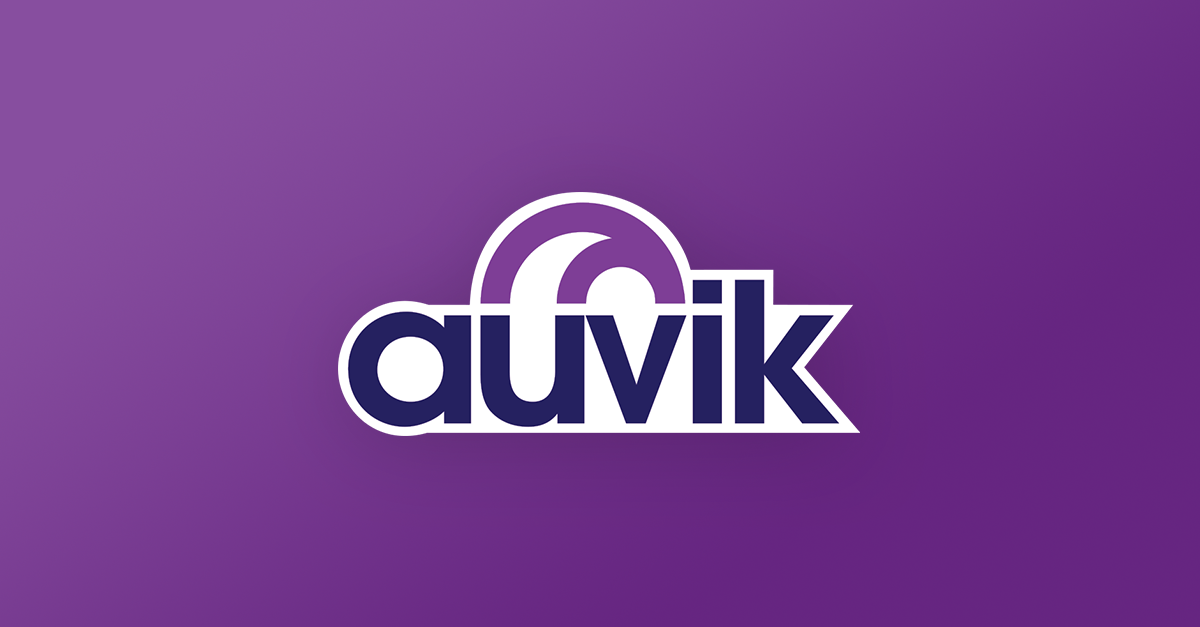
2. Auvik
For total network transparency and control, this is the best option. Pricing for Auvik’s Essentials and Performance plans can be obtained by requesting a quote. The tool is available for a free trial. According to reports, the monthly fee starts at $150.
Features
- Auvik’s discovery and mapping features can collect data from CDP, LLDP, forwarding tables, and other sources.
- The tool uses system protocols to identify and capture all of the information about each device on the system.
- It can recognise which gadgets need to be upgraded.
Conclusion: Auvik is a platform for system visibility and IT asset management. It provides automated mapping, inventory, and documentation capabilities. Auvik is a user-friendly cloud-based system.
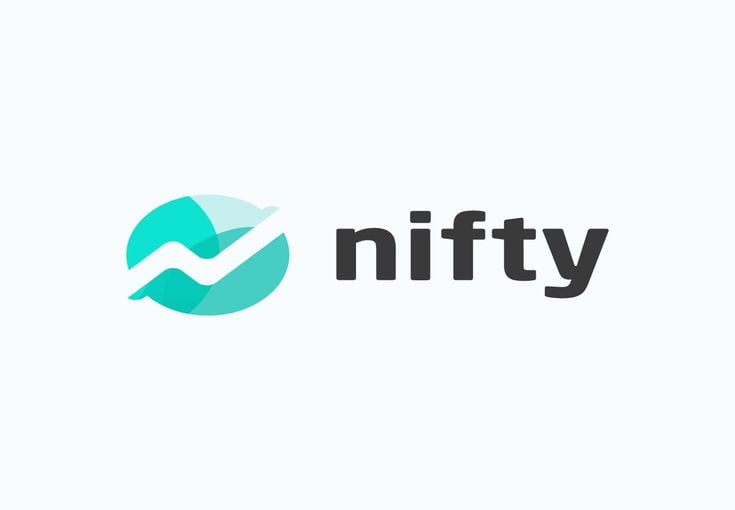
3. Nifty
Nifty Pricing:
Starter: $39
Pro: $79
Business: $124
All Plans Include:
- Unlimited active projects
- Unlimited guests & clients
- Discussions
- Milestones
- Docs & files
- Team chat
- Portfolios
- Overviews
- Workloads
- Time tracking & reporting
- iOS, Android, and Desktop apps
- Google single sign-on (SSO)
- Open API
Nifty is a collaboration centre that provides visual project management, allowing IT teams to see their activities in real-time.
Nifty excels at longer-term, schedule-driven deployments like ticket management that can be automated and assessed after the fact. Nifty is the tool your team will rally around if you want to manage a process or speed up resolutions.
Features:
- Project Milestones represent the progress of an effort by updating based on the fulfilment of tasks.
- Ingest all roadmaps across all portfolios with cross-portfolio reporting.
- For meaningful scalability, Task Tags and Custom Fields standardise information.
- Downloadable.CSV and PDF reports for milestones and tasks.
- Create project documents and file storage to organise contracts, scopes, and information.
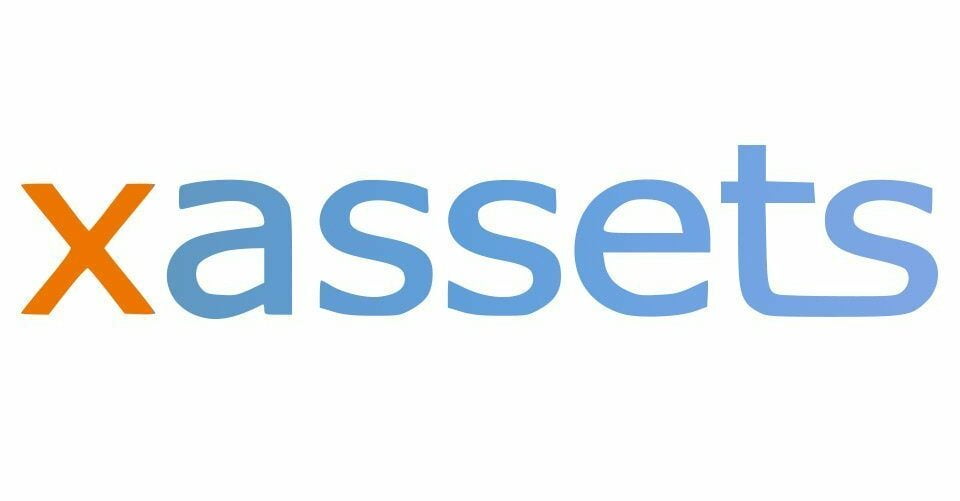
4) xAssets IT Asset Management Software
Best for: IT Asset Management throughout the lifespan, Software Asset Management, Software Licensing, and Network Discovery.
The free edition of xAssets is limited to one user and 100 discovered nodes. Additional users can be acquired for $39 each, and each user adds 100 more discovery nodes to the system. xAssets ITAM reduces the time and expense of adopting an ITAM system tailored to your company’s needs. Most of the requirements are completed “out of the box,” resulting in great time to value.
Features:
- Entire lifecycle IT asset register and CMDB.
- Integrate with AD, System Center, Azure, JIRA, and others.
- Procurement and contract management.
- Financials and depreciation
- Barcoding
- Service management
- Spare parts and storage
- Disposal and Obsolescence
- Key performance indicators and management reporting.
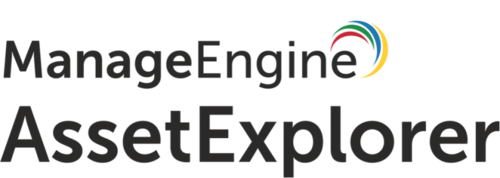
5. AssetExplorer
AssetExplorer is a web-based IT asset management (ITAM) tool that allows you to track and manage your system’s assets from purchase through disposal. AssetExplorer covers every type of IT asset management, from multi-source discovery approaches to real-time hardware and software dashboards.
With the built-in software asset management tool, you can track software consumption and maximise software licencing compliance.
Features:
- Multi-source asset discovery
- Scheduled asset scans
- Software license management and metering
- Software asset management
- Purchase order management
- Asset life cycle management
- IT asset inventory management
- Configuration management database (CMDB)
- Native Microsoft SSCM integration
- Best for managing software.
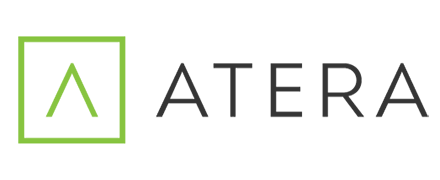
6. Atera
Atera’s pre-tech pricing model is both cost-effective and innovative, allowing you to manage an unlimited number of devices and endpoints for one low monthly fee.
You can choose between a flexible monthly subscription and a discounted annual subscription. You can choose from three different licencing types and try Atera’s full feature set for free for a month.
It is a cloud-based Remote IT Management platform that provides MSPs, IT consultants, and IT departments a comprehensive and integrated solution. Atera allows you to manage and track a complete inventory for a single fee.
In addition, Atera’s Network Discovery add-on detects unmanaged devices and opportunities in real-time. Iti ncludes everything you need in one integrated solution, making it the all-in-one IT management tool suite.
Remote Monitoring and Management, PSA, Network Discovery, Remote Access, Patch Management, Reporting, Script Library, Ticketing, Helpdesk, and much more are all available through Atera.
Features:
- Easily monitor and manage an unlimited number of endpoints, servers, and desktops on both Mac and Windows systems.
- Scan networks in seconds to find SNMP devices, printers, firewalls, switches, and routers.
- Inventory management- find and log all connected devices, keep track of software inventory, and manage software licensing.
- Use a single integrated platform to troubleshoot issues, including ticketing and automatic payment.
- Keep track of the performance and availability of all your managed devices in real-time. CPU, RAM, HD use, hardware, availability, and more are all factors to consider.
- Customised alarm settings and thresholds, and automatic maintenance and upgrades.
Conclusion: Atera is a top choice IT Asset Management Software for MSPs and IT professionals due to its fixed pricing for unlimited devices and smoothly integrated solution. Attempt it for free. It requires no credit card and gives you access to everything Atera offers!
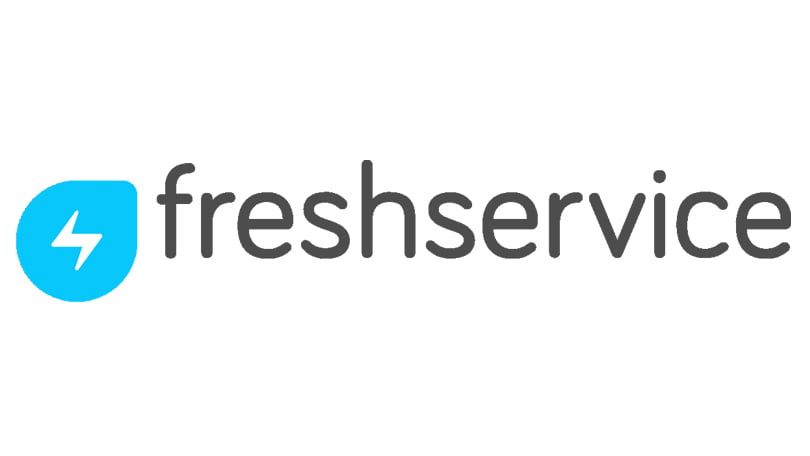
7. Freshservice
Freshservice Pricing: Monthly fees from $19 to $99 per user.
Freshservice is a web-based asset management service that may help you keep track of your hardware, software, contracts, and other assets. Assets can be classified based on their location, creator, creation date, and asset kind.
Features:
- Asset management
- Custom & scheduled reports
- Incident management
- Multiple languages
- License management
- Contract and project management
- Best for Assets and project management.

8. Spiceworks IT Asset Management Software
Price: Free
Spiceworks IT Asset Management software allows you to keep track of the gear and software on your network. All equipment types can be monitored, like switches, routers, gateways, etc. The software will automatically recognise assets on the system, classify them, and generate a complete report.
Features:
- Monitor licenses and devices.
- Manage licensing, network, exchange, etc.
- Report on inventory, properties, and licensing.
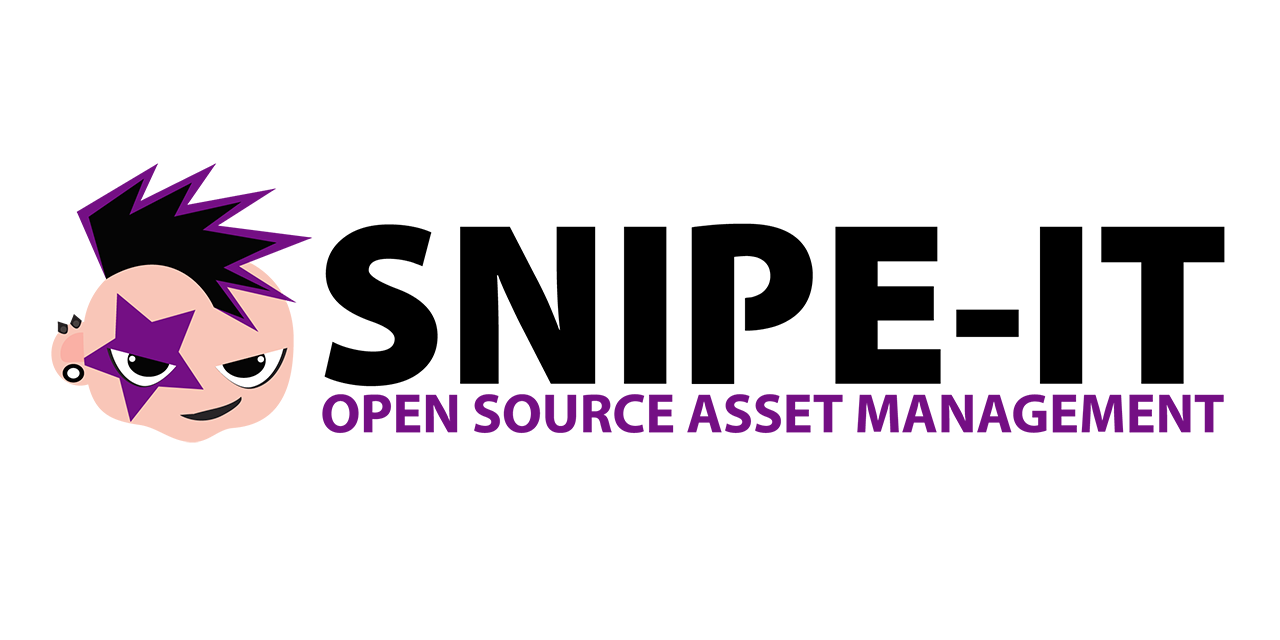
9. Snipe-IT
Price: Self-Hosted is free
Snipe-IT is an online asset management software tool that is open-source. The app comes with many features that make inventory management a breeze. The dashboard displays a summary of recent activity.
Features:
- Monitor properties based on location, assignment, and status.
- One-click check
- Email alerts in case of expiring licenses.
- Asset auditing
- Import and export properties.
- Generate QR code labels.
- Best for Mobile management of assets.
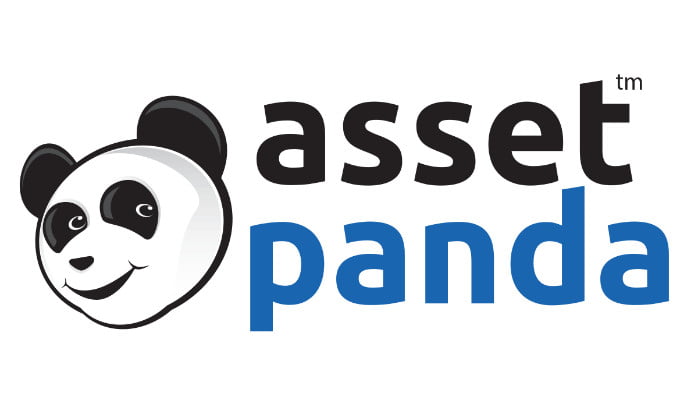
10. Asset Panda
Asset Panda is a scalable asset management programme that can manage physical and digital properties. You can automate the asset management process by creating workflows and actions.
Features:
- Centralised asset management.
- Disaster recovery capabilities.
- Customised reporting
- Help desk module
- Best for Tracking and management of all types of properties.
Edited and published by Ashlyn Joy




